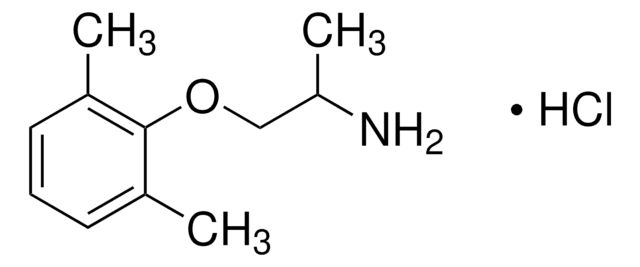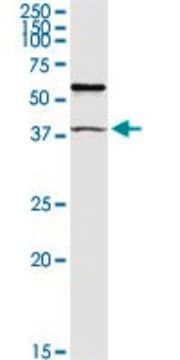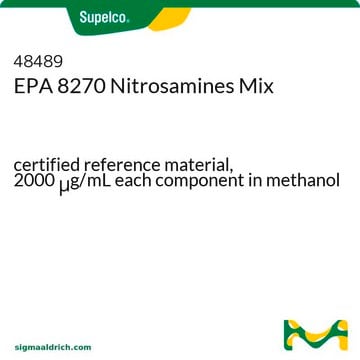SML0007
Cevimeline hydrochloride hemihydrate
≥95% (HPLC, NMR)
Synonym(s):
AF-102B, SNI-2011
About This Item
Recommended Products
assay
≥95% (HPLC, NMR)
form
powder
storage condition
desiccated
color
white to tan
solubility
H2O: ≥25 mg/mL
originator
Daiichi-Sankyo
shipped in
wet ice
storage temp.
−20°C
SMILES string
O.Cl.Cl.C[C@@H]1O[C@@]2(CS1)CN3CC[C@H]2CC3.C[C@@H]4O[C@@]5(CS4)CN6CC[C@H]5CC6
InChI
1S/2C10H17NOS.2ClH.H2O/c2*1-8-12-10(7-13-8)6-11-4-2-9(10)3-5-11;;;/h2*8-9H,2-7H2,1H3;2*1H;1H2/t2*8-,10-;;;/m11.../s1
InChI key
ZSTLCHCDLIUXJE-GMLJRNIPSA-N
Application
Biochem/physiol Actions
Features and Benefits
signalword
Danger
hcodes
Hazard Classifications
Acute Tox. 3 Oral
Storage Class
6.1C - Combustible acute toxic Cat.3 / toxic compounds or compounds which causing chronic effects
wgk_germany
WGK 3
flash_point_f
Not applicable
flash_point_c
Not applicable
Certificates of Analysis (COA)
Search for Certificates of Analysis (COA) by entering the products Lot/Batch Number. Lot and Batch Numbers can be found on a product’s label following the words ‘Lot’ or ‘Batch’.
Already Own This Product?
Find documentation for the products that you have recently purchased in the Document Library.
Articles
Muscarinic acetylcholine receptors mediate acetylcholine actions in CNS and non-nervous tissues, crucial for cell signaling.
DISCOVER Bioactive Small Molecules for Neuroscience
Our team of scientists has experience in all areas of research including Life Science, Material Science, Chemical Synthesis, Chromatography, Analytical and many others.
Contact Technical Service








